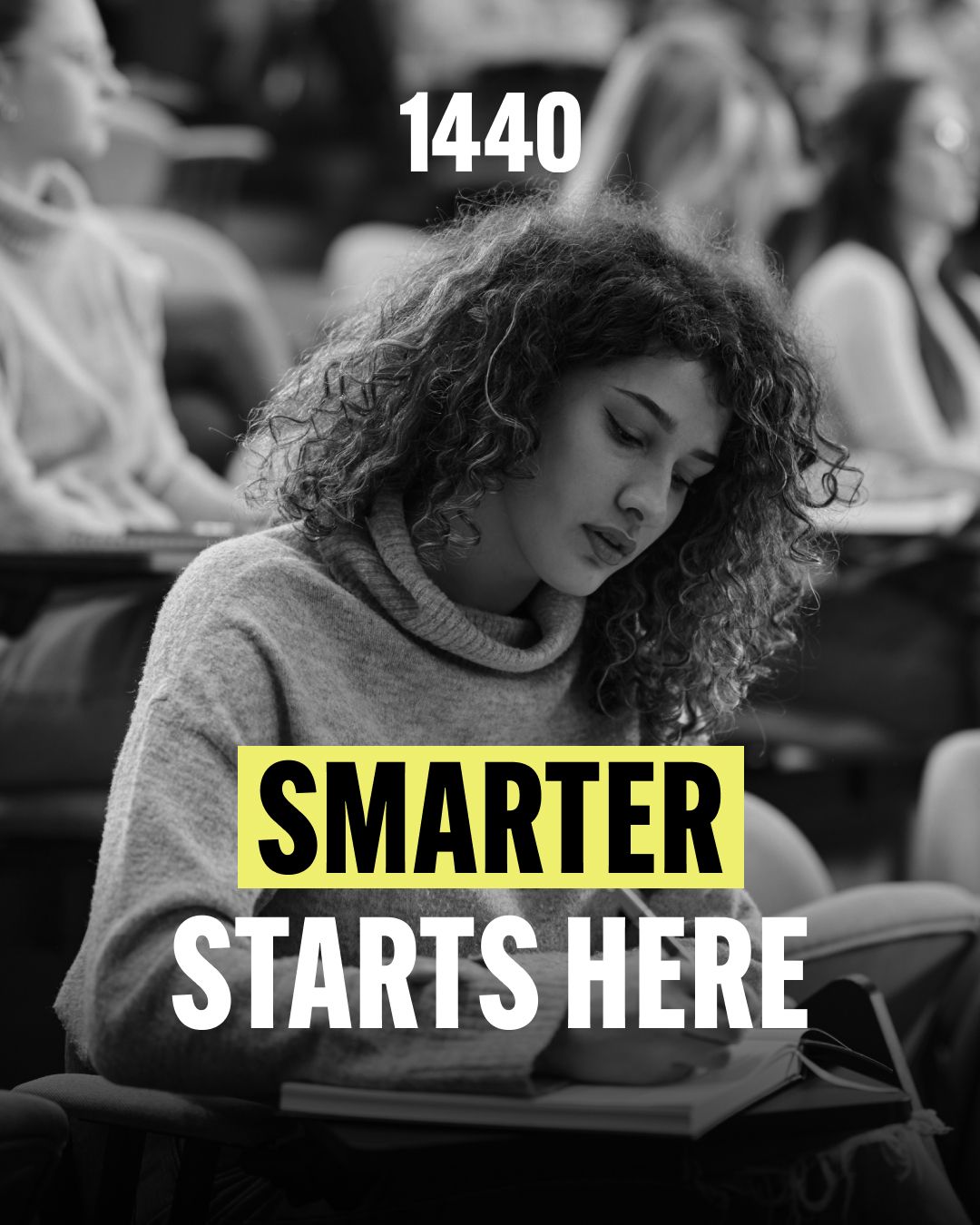Well, folks, the 2025 Canadian federal election is in the rearview mirror, and if you’re wondering how the Liberals pulled off another win while half the country can’t afford a bag of chips, you’re not alone. Let’s break down this political pileup, Trucker Karlson style, so even your uncle who thinks “supply and confidence” is a Costco slogan can follow along. But first a word from our sponsor:
Join over 4 million Americans who start their day with 1440 – your daily digest for unbiased, fact-centric news. From politics to sports, we cover it all by analyzing over 100 sources. Our concise, 5-minute read lands in your inbox each morning at no cost. Experience news without the noise; let 1440 help you make up your own mind. Sign up now and invite your friends and family to be part of the informed.
The Trump Card: When in Doubt, Blame the Neighbour
The Liberals’ secret sauce? Patriotism with a side of panic. Mark Carney and crew spent the campaign warning Canadians that Donald Trump—yes, the guy south of the border—was about to annex Canada, slap tariffs on maple syrup, and maybe even steal our hockey teams. The result? Canadians stopped talking about the price of groceries and started worrying about American tanks rolling down Yonge Street.
For the 21% of voters who bought into the Trump threat, a whopping 76% thought the Liberals were the only ones with the “elbows up” to handle it. The Conservatives? Just 13% trusted them not to fold like a cheap lawn chair.
The NDP: From Orange Wave to Liberal Lifeboat
Remember when the NDP had a pulse? Neither do most voters. After years of propping up the Liberals with that supply-and-confidence deal, Jagmeet Singh’s party became the political equivalent of a sidecar—attached, but not really steering. By election night, the NDP scraped together just 6% of the vote and seven lonely seats, losing official party status for the first time since 1993. Ouch.
Bloc Québécois: From Kingmakers to Karaoke Night
The Bloc tried to make it about Quebec, but when the whole country is being told the Americans are coming, nobody’s listening to your separatist mixtape. They limped home with just 22 seats, their worst showing in years.
Urban Fortress: Montreal, Toronto, Vancouver
How did the Liberals win? Big cities, baby. They swept up seats in Montreal, Toronto, and Vancouver like a Zamboni after a Leafs loss. The NDP’s collapse and a parade of lefty groups jumping ship gave Carney’s crew a lock on urban Canada—where the votes are and where the rent is highest.
Conservatives: So Close, Yet So Far
Pierre Poilievre’s Conservatives actually improved their numbers, but it wasn’t enough. For most of the campaign, Canadians wanted “change”—55% said so by election day, and those folks broke for the Tories. But Carney managed to grab 30% of those change-hungry voters himself, mostly by reminding them that he wasn’t Justin Trudeau (who, let’s be honest, was about as popular as a pothole in February).
The Two-Party Squeeze
This was the most polarized election since 1958—over 85% of Canadians voted Liberal or Conservative. Everyone else? Left fighting over the crumbs.
So What’s the Takeaway?
If you want to win in Canada, forget about fixing the cost of living. Just find a foreign villain, hug the flag, and hope your opponents are either invisible or working for you. Easy, eh?
If you liked this post-mortem and want more straight-talking, maple-flavoured analysis, subscribe to the CanAmericaNews newsletter—before the Liberals slap a tax on common sense!
Trucker Karlson, signing off. Remember: In Canadian politics, the more things change, the more they stay the same… except the price of bread, which only goes up.

